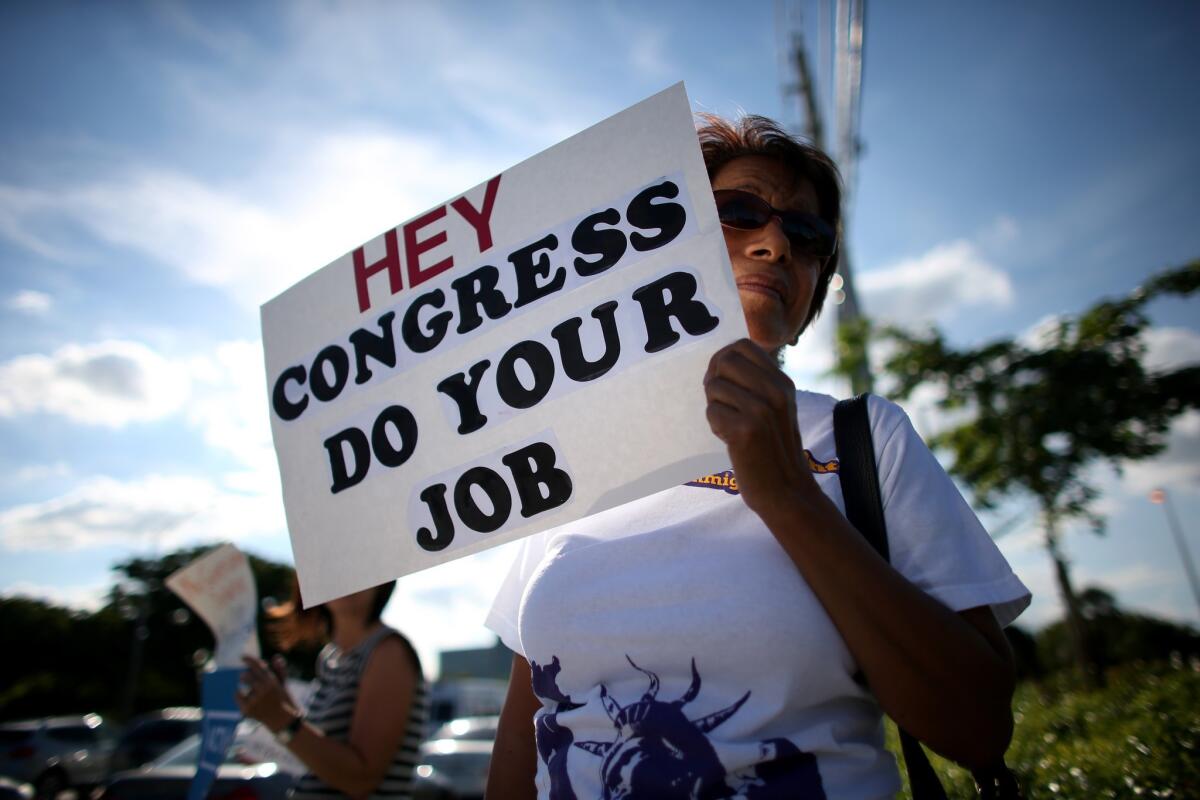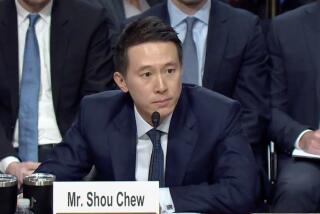More Americans are political independents. Or are they?

The number of Americans declaring independence from the two big political parties keeps going up: Or does it?
The idea that more and more Americans see themselves as political independents has gained currency in recent years. Backers of potential third parties or independent candidacies have touted the rise of independents as the basis for their claims that a new political force can be forged from voters alienated by the partisan fighting that has dominated Washington during the Obama and George W. Bush presidencies.
But is it real?
The latest evidence — on both sides of that question — comes from an annual analysis of polling by Gallup. Based on 18,000 voter interviews that its pollsters conducted in 2013, Gallup found that 42% of Americans now call themselves “independent,” a record high.
TIMELINE: The year in politics
The current figure caps a fairly steady rise since 2004 in the percentage of Americans identifying as independent, Gallup finds. Other major surveys have found generally similar results.
Most of the increase in independents nationwide has come at the expense of Republicans, Gallup and others have found. The share of Americans calling themselves Republican has dropped to one in four, down from one in three at its peak in 2004, Gallup’s figures show. The current figure is the lowest Republican share since 1983.
The share of Americans who identify as Democrats has fluctuated up and down, but within a much smaller band. In Gallup’s polling, the Democratic share has stayed in the mid-to-low 30% range over the past generation. Democratic party identification blipped up to a high of 36% in 2008, presaging Barack Obama’s election as president, then dropped back down to around 31% over the first two years of his tenure and has stayed at that level.
That data would seem to support the idea that independents make up a growing force in the electorate, perhaps enough to build that new, centrist third force in the electorate that some strategists and columnists keep predicting.
But maybe not.
The same Gallup analysis tells a very different story when pollsters asked Americans which party they “lean” toward. Suddenly, the vast majority of those supposed independents look like closet partisans.
PHOTOS: The battle over Obamacare
In the latest Gallup analysis, 88% of Americans either identify themselves as partisans or say they lean toward one of the two big parties. And that number hasn’t changed much in two decades. When Bill Clinton won his first presidential election in 1992, the comparable figure stood at 91%. At the time of George W. Bush’s election, 89% either identified as partisans or said they lean toward one of the two parties. The share rose back to 92% at the time of Obama’s election, declining only a few points since.
When leaners are included in the count, Republicans don’t look like they’ve lost as much ground, either. Democrats do have about a six-point lead over Republicans in the potential electorate when those who lean toward a party are included. That’s down from a 12-point advantage in 2008, but up from the brief moment of parity between the parties in 2010, the year Republicans took control of the House of Representatives and many state governments around the country.
Separate research has found that when leaners vote, their ballots are usually as predictably partisan as those who openly side with one party or the other. People who call themselves independent, but lean to one party or the other don’t have a distinctively moderate or centrist profile on issues. They just tend to pay less attention to politics than those who are more openly partisan, the research shows.
So what’s happening appears to be a trend toward people who vote as partisans, but don’t like to embrace a partisan label. The shedding of labels seems particularly to have affected people who once might have called themselves Republicans, suggesting that a significant percentage of GOP voters want some distance from the party “brand.”
Some of those Republican-leaning Americans may be centrists who have grown uncomfortable in an increasingly conservative party, but others are tea party backers who see themselves as independent of the party. In all, the evidence provides scant backing for the idea that independents provide a new, untapped third force for American politics.
Follow Politics Now on Twitter and Facebook
Twitter: @DavidLauter
More to Read
Start your day right
Sign up for Essential California for news, features and recommendations from the L.A. Times and beyond in your inbox six days a week.
You may occasionally receive promotional content from the Los Angeles Times.







